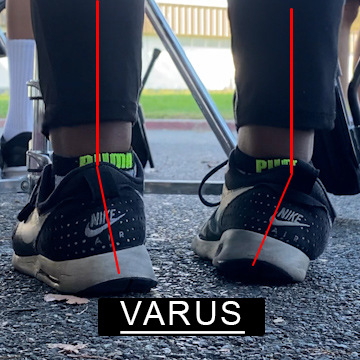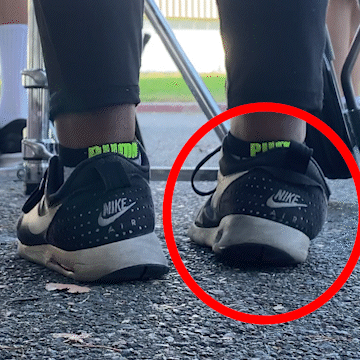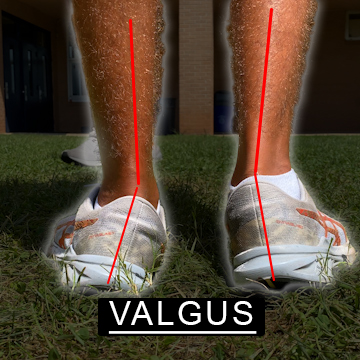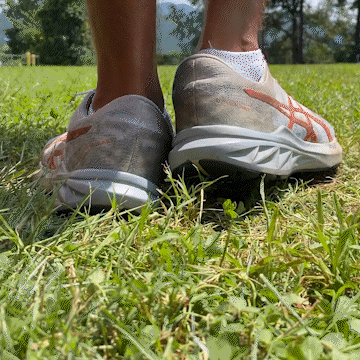
What Causes Knee Pain in Marching Band?
Did you know that knee pain in marching band is most often caused by weakness and instability in the hip and ankle? When these areas are weak, it can lead to inward collapsing of the knee. Throw on the weight of the equipment and the hours of rehearsal, and it's no wonder so many performers are struggling!
Luckily, there are exercises you can incorporate into your ensemble's rehearsal warmup to mitigate this problem.
See the Forte Athletics solution below!

Here are three exercises to include in your dynamic warmup or fitness routine to improve strength & stability in the legs:
1. Sidelying Hip Abduction

Sidelying hip abduction is an effective exercise for strengthening the hip abductor muscles. Lie on your side with the bottom leg straight and the top leg bent. Lift the top leg as high as possible without allowing the hips to roll back. Perform 10 to 15 repetitions on each side for 2 rounds.
2. Single Leg RDLs

This exercise improves stability in the leg and will deliver quite the burn down in the ankle! Balance one leg with a soft bend in the knee. Hinge the trunk forward from the hip while driving the leg back. Aim for a flat pelvis and avoid lifting the unsupported side of the pelvis!
Do 5-10 repetitions on each foot for 2 rounds.
3. Skater Hops

Do this as the final dynamic warmup exercise to target the hip muscles and help improve their strength and stability. Start by standing with one foot crossed behind the other. Leap to the side landing on the opposite leg. Repeat this movement 20 times for 1-2 rounds to get the blood pumping and body ready for a productive rehearsal!
Want a stronger marching band with better endurance? Book a Forte Athletics Clinic! Email info@forteathletics.net

_edited.png)



















